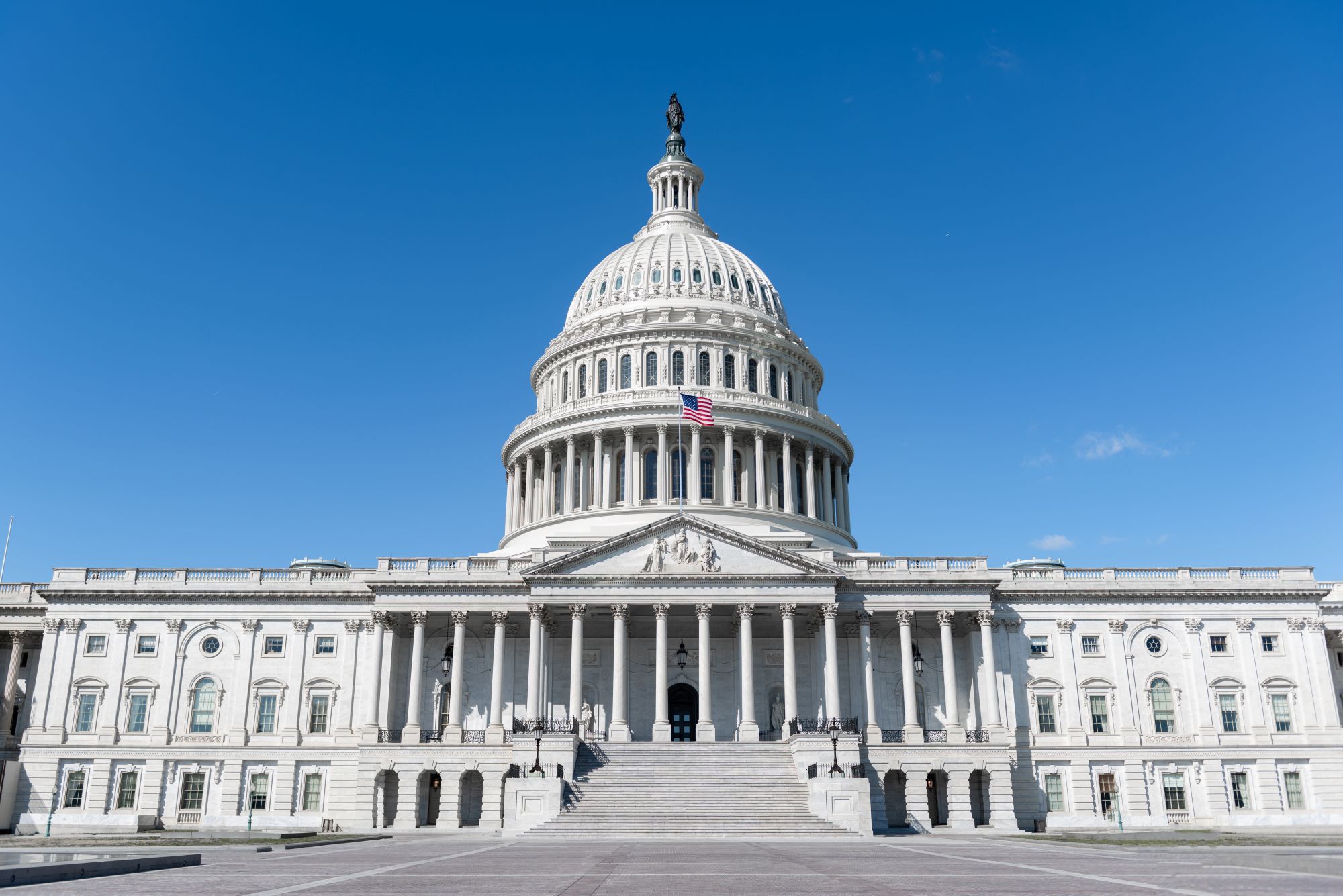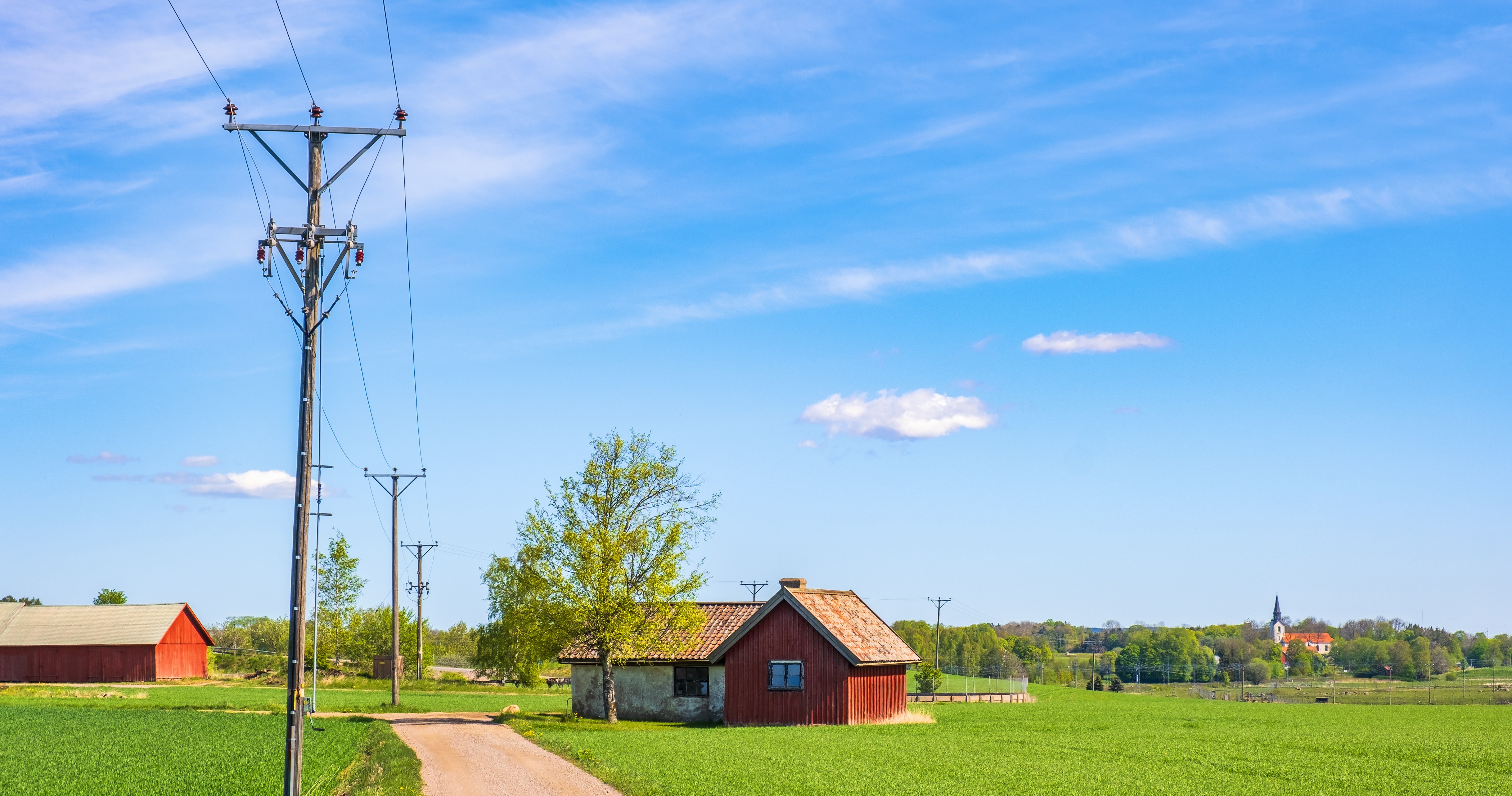Everything You Need to Know About the New Building Performance Standards Coalition
Let's Save Energy
Alliance to Save Energy's Blog

Last month, the White House launched the National Building Performance Standards (BPS) Coalition, a partnership with 33 state and local governments committed to co-designing and implementing equitable building performance standards along with upgrading building performance programs and policies. State and local officials will work with federal agencies, labor, and non-governmental organizations to advance building performance legislation with the goal of adoption by Earth Day 2024.
Wait, what is a BPS?
Building performance standards are policies that establish specific standards for buildings to improve their sustainability and minimize their energy use. Considering not all buildings can become high performing overnight, building performance standards implement a forward-thinking commitment where long-term performance can be improved over time, with short-term targets for decreasing energy use, water use, and emissions. Working with new construction energy codes, these policies empower state and local leaders to deliver on their energy and equity goals and send market signals to encourage investments in energy efficiency.
Why is this coalition significant?
The announcement of this coalition by President Biden sends a clear message on the importance of community climate action and the indisputable role of energy efficiency. In the United States, buildings account for about 40% of all energy consumption, the largest contributor to greenhouse gas emissions. If the U.S. is serious about its goal of reducing emissions by 50%-52% by 2030, then building emissions must be addressed through energy efficiency. Since these building structures will be in use for decades, building resilience and cutting emissions over time is a central component of a meaningful long-term climate strategy. Impacts include:
- Picking up the pace of building retrofits. An important aspect of forming a coalition behind building performance standards is that it addresses limitations that exist in our current approach to home and building retrofits. The American Council for an Energy-Efficient Economy has found it would take centuries to retrofit all U.S. homes and businesses at our current rate. The report stated that to retrofit 80% of the existing U.S. building stock by 2050, we must increase the annual retrofit rate about 15-fold for residences and about 2-fold for commercial buildings. We must considerably augment our current trajectory to achieve these objectives and the BPS Coalition can play a big role in this augmentation. Advancing state and local standards and increasing compliance will be key to meeting the administration goal of significantly reducing emissions.
- The development of workforce capacity. In general, a BPS creates opportunities for the expansion of private firms offering architectural, engineering, construction, equipment sales, and installation services. The coalition will capitalize on this opportunity by partnering with the nation’s building trades and unions to train a local workforce and sow economic growth.
- Prioritizing equity. The National BPS Coalition will work with underserved communities to create programs addressing the community’s health, energy, housing affordability, and climate needs in buildings. Low-income communities and communities of color face higher energy burdens, poorer air quality, and more frequent power outages, so prioritizing improving the performance of buildings in these communities will have the greatest on-the-ground impact. By centering equity, newly empowered voices will have a say as to what their community needs.
And what does joining the coalition entail?
Each coalition member will be tasked with developing a policy roadmap to implement building performance standards within their jurisdiction. This roadmap will require convening with stakeholder teams to co-create and push for equitable policy, identify and act on prerequisites for building performance standards, and share results and experiences. Coalition members will also be given federal support, along with support from labor and non-governmental organizations, for building a local workforce among other objectives such as technical analysis, equity strategies, localized policy design, and stakeholder engagement.
How will it be funded?
According to a White House statement, the majority of funding will come from the Infrastructure Investment and Jobs Act, which provides more than $1.8 billion to support building sector policies. Several provisions will contribute to funding coalition activities, including $500 million for the State Energy Program, which provides funding and technical assistance to state, local, and tribal governments to advance state-led energy initiatives; $550 million for the Energy Efficiency and Conservation Block Grant program to assist governments in developing and managing energy efficiency policy and projects; $250 million in grants for state-level revolving loan funds for energy efficiency; and $500 million for competitive grants to fund efficiency and renewable improvements in public school facilities. Participants can also take advantage of state grants and other opportunities.
So, what happens next?
To accelerate BPS design and implementation, the federal government is making a range of technical resources available to state and local governments, including for workforce development. They are also inviting and prioritizing stakeholder engagement to inform local and state building efficiency policy and increase adoption of the program. Therefore, mobilization is all that is left. If you believe your local or state government’s priorities and capacities align with the coalition’s commitment, push for their participation in the National BPS Coalition to join in on creating a more resilient and decarbonized future.
STAY EMPOWERED
Help the Alliance advocate for policies to use energy more efficiently – supporting job creation, reduced emissions, and lower costs. Contact your member of Congress.
Energy efficiency is smart, nonpartisan, and practical. So are we. Our strength comes from an unparalleled group of Alliance Associates working collaboratively under the Alliance umbrella to pave the way for energy efficiency gains.
The power of efficiency is in your hands. Supporting the Alliance means supporting a vision for using energy more productively to achieve economic growth, a cleaner environment, and greater energy security, affordability, and reliability.



